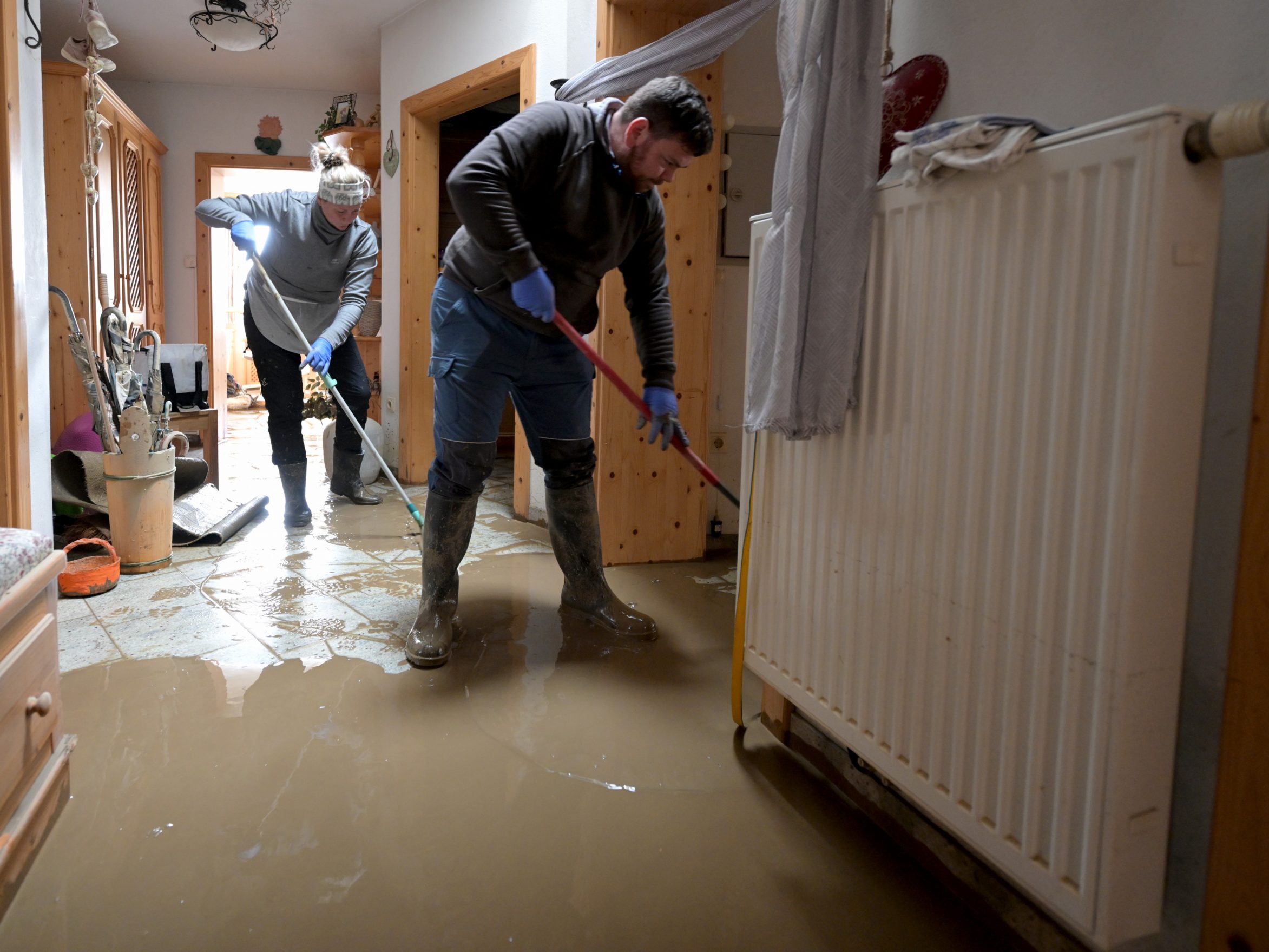Billion-Dollar Costs Due to Natural Disasters: Insurance Claims at Record Highs

Natural disasters cause insurance damages in Austria amounting to an average of one billion euros annually. And this number is steadily increasing. However, only 38 percent of Austrians see themselves as responsible for taking preventive measures, according to a study by the Austrian Road Safety Board (KFV). Therefore, the Association of Austrian Insurance Companies (VVO) presented new calculation bases and measures against natural hazard risks on Wednesday.
Insurances Sound the Alarm: Flood Damages Increase Drastically
In 2024, damages from natural disasters amounting to around 1.7 billion euros were reported to insurances in Austria. This was the highest value so far and at the same time "a wake-up call," emphasized Franz Prettenthaler, Director of LIFE, at the Institute for Climate, Energy Systems, and Society of Joanneum Research. "Unfortunately, there is still often the impression in Austria that the disaster fund can cover all damages in case of an emergency. In fact, our country needs further prevention and climate protection strategies," he added.
Ten years ago, a flood damage model was already created, which has now been revised and supplemented by a flood model. To illustrate, he showed the HORA hazard map. This website represents natural hazards for every point in Austria.
"Europe's Water Castle" Threatened by Floods
HORA combines different maps and thus shows, for example, the flood risk from river overflow throughout Austria. "Austria is built close to water," said Prettenthaler. In the future, one will have to expect an average flood damage of 240 to 285 million euros annually.
In the hazard plans of the municipalities, the risks of various natural events are identified. "Knowledge is power and means protection," said Christian Schimanofsky, Director of the KFV. However, around 79 percent of the population do not know what a hazard zone plan actually is.
There are a variety of systems and products to protect against floods, emphasized Prettenthaler: An object protection with a height of five centimeters could already reduce the overall societal risk by 13 percent. For this, a splash guard, which optimizes the drainage of water and costs only about 20 euros per meter, would suffice. Against larger amounts of water, mobile dam systems or water barriers could be used. The latter aim to seal building openings such as doors, low windows, or small gates. With a building protection height of 60 centimeters, the overall societal risk could be reduced to about half (by 52 percent).
Due to global warming, the air can hold more and more water - approximately seven percent per one degree Celsius of warming. This makes heavy rainfall events increasingly dangerous, the Graz expert further explained. A new surface runoff or flood model developed at Joanneum Research highlights this risk: In the event of rainfall that occurs every 100 years, for example, 86 percent of the 2,163,833 residential buildings in Austria would be under water five centimeters deep. This value would be calculated from the edge of the building, Prettenthaler further explained, the basement is not considered.
Prevention as a collective responsibility
"I can only urge you to inform yourself about the natural hazard risk before something happens," said Schimanofsky. Although there are very reliable emergency organizations, when they are deployed, something has already happened," warned the Director of the KFV. According to Klaus Scheitegel, Vice President of VVO, this summer, which is a "summer like back then" - meaning like before climate change - paints a false picture of the actual situation. Because the weather is changing significantly and quickly.
Christian Eltner, Secretary General of the VVO, said that everyone can contribute something, but "a large joint solution" is needed, as the insurability of natural disasters is currently not on the agenda of the Austrian government. Scheitegel also emphasized that state support is needed to be able to insure against natural disasters affordably. It is a question of solidarity, as different places in Austria are threatened by different natural events to varying degrees. "If we are invited, we are ready to make suggestions," he said.
(APA/Red)
This article has been automatically translated, read the original article here.





